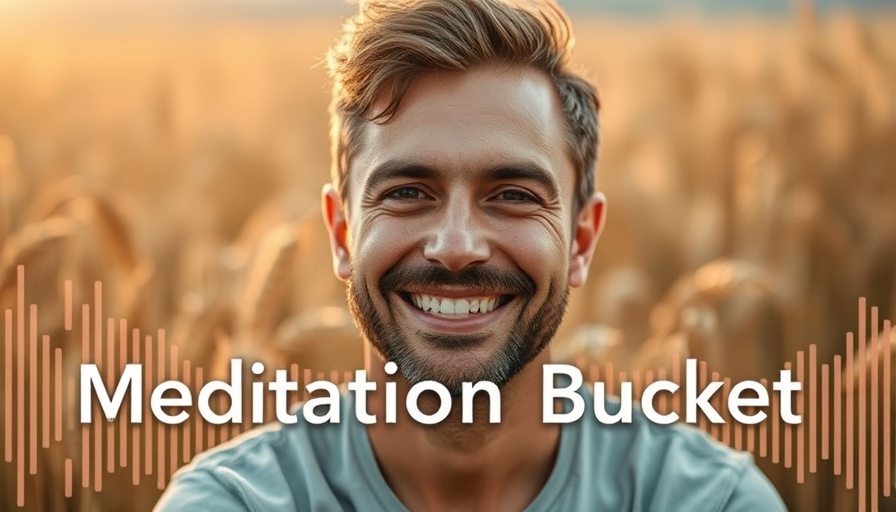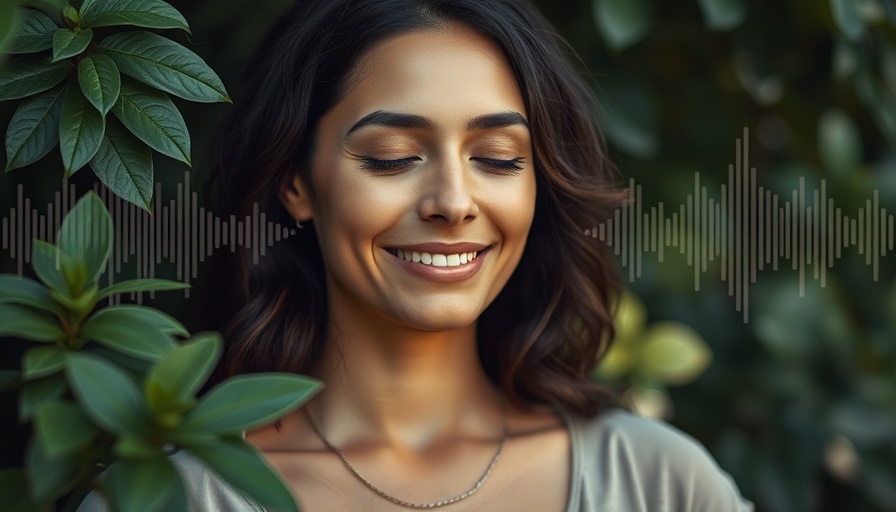
The Power of Meditation: Why It Matters
In a fast-paced world filled with constant distractions, the art of meditation serves as a sanctuary for the mind and spirit. Meditation, much like any sport, encompasses a diverse range of practices that cater to different needs and preferences.
Toby Sola, a meditation teacher, likens meditation to a 'buffet' offering various techniques, each unique yet intertwined at their core. Understanding these different approaches is critical for anyone looking to cultivate wellness through mindful practices.
Exploring Three Meditation Techniques
Through Sola's guided practice, we dive into three distinct types of meditation. These methods not only differ in execution but also enrich our understanding of the universal skills they cultivate—concentration, clarity, and balance.
The first technique, "noting and labeling," encourages practitioners to engage with their sensory environment. By focusing on what we hear—be it bustling traffic or serene silence—we ground ourselves in the moment, enhancing our awareness and mindfulness. This practice emphasizes the importance of redirecting our focus when distractions arise, an essential skill in both meditation and daily life.
Nurturing Positivity Through Meditation
The second approach, known as "nurturing positive," shifts the focus from external sounds to internal thoughts. Here, the intention isn't merely to observe, but to create and uphold positive thoughts or feelings. Sola encourages participants to cultivate this positive inner dialogue as a means of fostering resilience and enhancing overall mental health.
These nurturing practices illustrate how meditation can transform our mental state, promoting a hopeful outlook in the face of adversity.
Letting Go: The Third Technique
The last technique shared encourages a looser, unfocused state of mind. By dropping intentional focus and allowing thoughts to come and go without attachment, we practice a profound level of mindfulness that can lead to unexpected insights and inner peace.
Practical Benefits and Real-Life Applications
Each of these meditation techniques, while varied, leads to the same ultimate goals: enhancing mental clarity, emotional balance, and overall well-being. As we navigate life's challenges, incorporating these meditation practices into our routines not only promotes personal growth but also fosters community connections and shared resilience.
For adults aged 25 to 65, who are often multitasking between work, family, and self-improvement, understanding and engaging with different meditation styles can integrate well into a holistic wellness routine. With consistent practice, these skills can create a ripple effect, influencing our interactions with ourselves and others.
Embrace Your Mindfulness Journey
As we explore these meditation techniques, remember that the journey into mindfulness is deeply personal. Each person may resonate with different aspects of these practices.
Consider trying each technique to find which resonates best with you. Feeling overwhelmed? Start with the "noting and labeling" technique and gradually integrate the others as you become more comfortable. This week, commit to dedicating a few minutes a day to meditation.
Ready to enhance your meditation practice? Explore new techniques today and discover the benefits of integrating mindfulness into your life!
 Add Row
Add Row  Add
Add 



 Add Row
Add Row  Add
Add 

Write A Comment